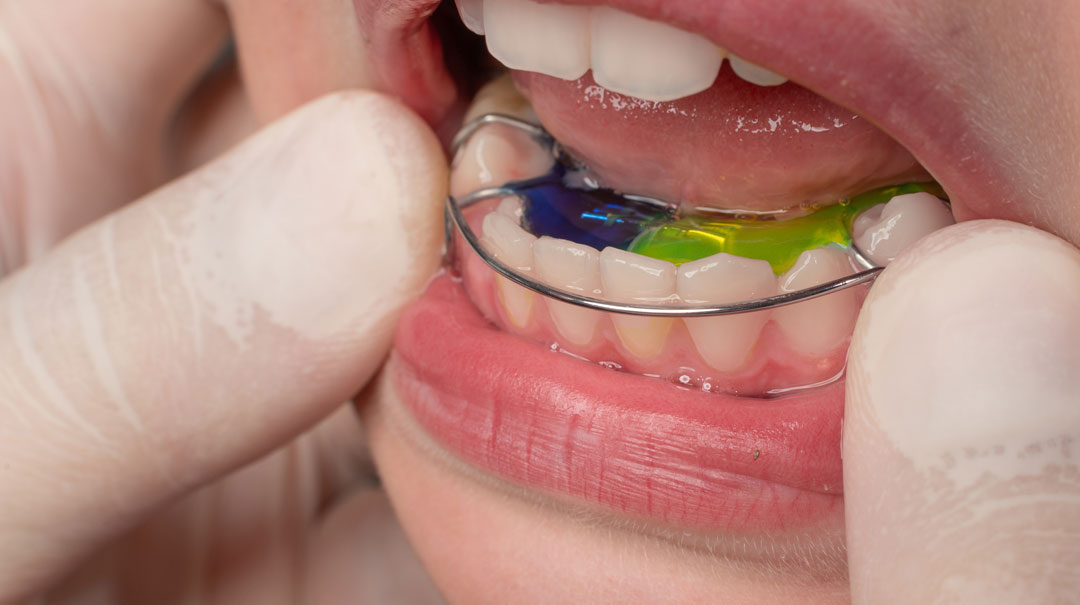Orthodontics is a specialized field of dentistry dedicated to diagnosing, treating, and preventing disorders related to the jaw, teeth, and facial structures. Its focus is on guiding the proper development of jaws in children and ensuring teeth are correctly positioned. In adults, orthodontic treatment rectifies long-standing issues and corrects irregularities in bite and facial features.
By fostering healthy jaw growth and optimal tooth alignment, orthodontic intervention enhances both oral health and aesthetic appeal. Through on-site orthodontic procedures, individuals can attain enduring, well-maintained teeth. Our clinic employs the most contemporary techniques to deliver efficient and effective orthodontic treatment.
The hallmark of orthodontic treatment is the use of brackets, commonly referred to as “braces.” These brackets, adaptable to various age groups, are categorized into three types:
Metal Brackets: Widely used in orthodontics, metal brackets are affixed to teeth at precise locations. Orthodontic wires running through the brackets guide teeth to their intended positions.
Transparent Brackets: Crafted to match tooth color or made entirely transparent, these brackets function similarly to metal ones. The key distinction is their reduced visibility. Transparent brackets are popular among adults due to their discreet appearance, although they may necessitate more maintenance than metal brackets.
Lingual Brackets: Attached to the inner surface of teeth, these fixed metal brackets are entirely concealed from view. They operate differently from metal and transparent brackets, leading to longer treatment durations.
Wire-Free Orthodontic Treatment
For individuals with dental irregularities, wire-free orthodontic treatments involve a series of clear aligners that gradually correct deformities. These inconspicuous trays replace wires and are worn continuously, except when removed for oral hygiene purposes.
Wire-free orthodontic treatment primarily addresses dental misalignments and is not suitable for jaw and facial system disorders.
Why Choose Orthodontic Treatment?
Commonly, patients seek orthodontic care to address issues such as tooth crowding. Although these concerns might appear merely cosmetic, they can result in more extensive problems. Tooth crowding contributes to issues like improper mouth closure, which subsequently leads to difficulties in chewing and speech.
Furthermore, maintaining oral hygiene becomes challenging with misshapen and misaligned teeth, increasing the risk of decay. Spaces between crowded teeth foster plaque accumulation, increasing the likelihood of gum diseases.
If you observe signs of crowding, we encourage you to visit our clinic promptly for healthier teeth and enhanced aesthetics.
Orthodontic Treatment Duration
The duration of orthodontic treatments varies based on individual conditions and the chosen treatment approach. Treatments focusing solely on teeth tend to take less time than those addressing jaw issues.
On average, positive outcomes can be achieved within 6-24 months. However, treatment durations may fluctuate depending on patient circumstances and treatment progress. Compliance with dietary guidelines and diligent maintenance of treatment appliances contribute to staying within estimated timeframes.
To learn more about orthodontic treatment, please reach out to our clinic’s specialists. Your path to healthier teeth and improved aesthetics awaits.



